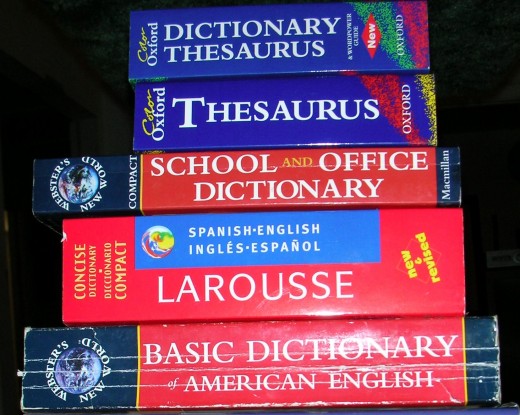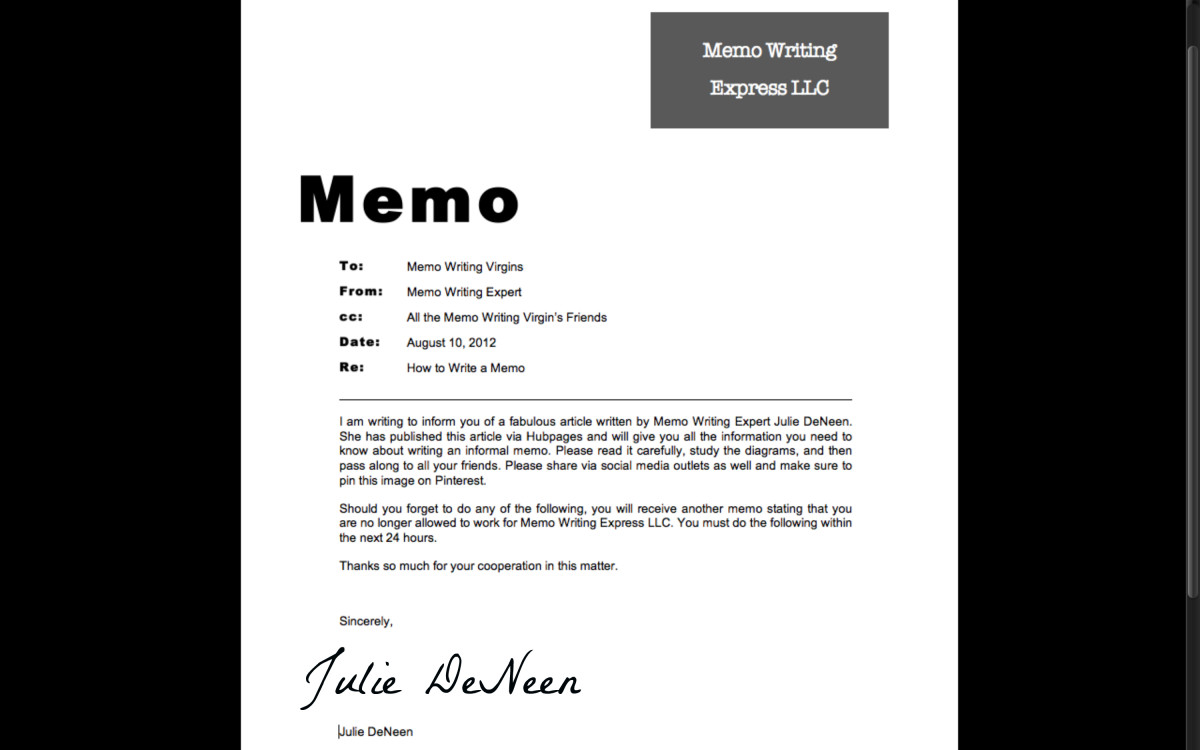Introduction to Homonyms (with examples)

Introduction
The English language can be confusing, even to those who grew up with it as their native tongue. One of the things that trips writers up is Homonyms.
Homonym - from the Greek homonumos meaning
“having the same name.”
A homonym is a group of words that have the same sound and often the same spelling but different meanings.
Categories
Homonyms can be broken into three categories.
Homographs: Words spelled alike but different in meaning. Example: combine (to merge or unite) and combine (an agricultural threshing machine)
Homophones: Words pronounced the same but are different in spelling and meaning. Example: pair (couple) and pear (fruit)
Heteronyms: Words that are spelled the same but that differ in pronunciation and meaning. Example: basil (an aromatic herb, pronounced bay-sil) and Basil (a man’s name, pronounced bah-zil)
Learn More ...
I hope this has been of use to you. Homonyms can really mess with a writer. To help clarify the difference between homophones, homographs, and heteronyms, you can read about them by following the links below.
- Heteronyms (Words spelled the same but differ in pronunciation and meaning.)
- Homographs (Words spelled alike but different in meaning.)
- Homophones (Words pronounced the same but are different in spelling and meaning.)
© 2011 Rosa Marchisella








